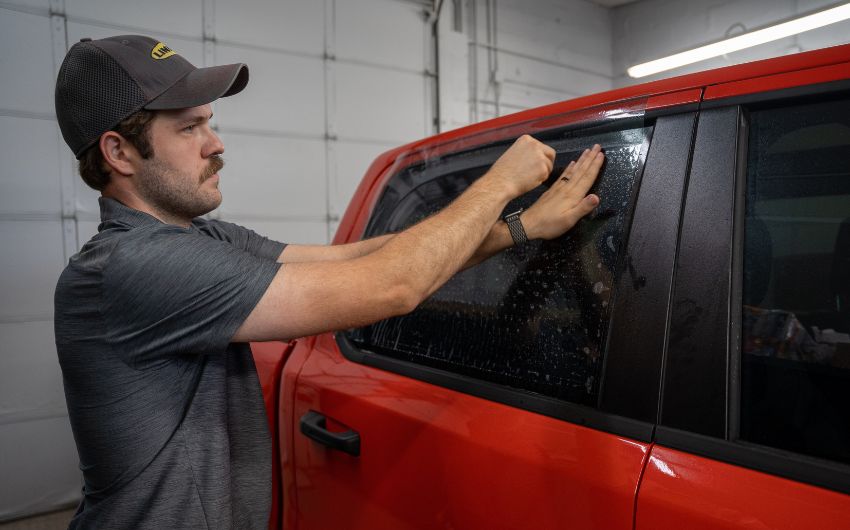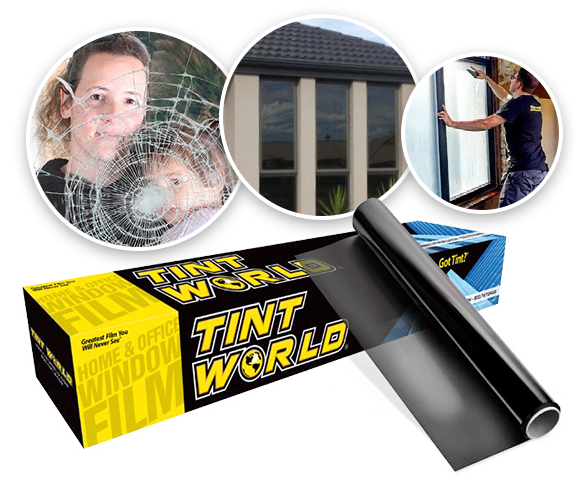Budget Friendly Auto Window Tinting for Every Car Type
Budget Friendly Auto Window Tinting for Every Car Type
Blog Article
Window Tinting Rules and Standards: What You Required to Know Before Tinting Your Car
Before proceeding with home window tinting for your lorry, it is crucial to familiarize on your own with the diverse laws and standards that control this practice throughout various states. These laws determine the permitted levels of tint darkness, usually gauged by noticeable light transmission (VLT) portions, and include certain stipulations for front windscreens aimed at making sure road safety.
Review of Window Tinting Laws
Home window tinting regulations are often based on variation throughout different territories, showing regional policies and safety and security considerations. These regulations determine the allowable levels of tint darkness and reflectiveness on car home windows, making sure that motorists keep appropriate visibility while also safeguarding against hazardous UV rays and warm.
Most guidelines identify home window tinting based on the Visible Light Transmission (VLT) portion, which shows the amount of light that can travel through the home window. Usually, reduced VLT percentages represent darker tints. Laws commonly separate in between the front, side, and rear windows, with stricter restrictions related to the front windshield to boost safety and security for both the motorist and other road individuals.
Compliance with home window tinting regulations is essential, as violations can result in penalties, obligatory elimination of the tint, and prospective rises in insurance policy premiums. It is necessary for vehicle proprietors to familiarize themselves with regional laws prior to proceeding with home window tinting setups.
State-by-State Color Regulations
Recognizing the particular home window tinting laws in each state is crucial for lorry owners looking for to follow the regulation. Each state in the U.S. has developed its very own set of regulations governing home window tinting, which can differ considerably. These laws frequently determine the permitted levels of color darkness, the sorts of windows that can be tinted, and any medical exceptions that may use.
For example, states like The golden state have stringent restrictions on color darkness for front home windows, while others, such as New Mexico, might enable darker colors. Furthermore, particular states mandate specific presence portions for various windows, including the windscreen, front side home windows, and back windows. It is vital for vehicle proprietors to familiarize themselves with their state's laws to prevent possible fines or penalties.
In addition, some states may call for an accreditation sticker to be put on tinted home windows, showing compliance with state laws. Failure to stick to these policies not just risks legal effects but can also affect safety and security and exposure while driving. Automobile proprietors need to perform comprehensive study or consult regional authorities to make sure full understanding and compliance with state-by-state tint guidelines.
Allowed Color Degrees and Kinds
Numerous automobile owners might be amazed to find out that enabled color degrees and types differ extensively throughout various states. Each state has actually developed its very own laws relating to the acceptable darkness and reflectivity of home window color, frequently gauged by Visible Light Transmission (VLT) portions. VLT describes the quantity of light that can pass via the colored windows; therefore, a reduced portion shows a darker color.

Moreover, the sorts of tint products allowed can differ, with some states prohibiting metal or mirror-like surfaces. It is essential for lorry owners to acquaint themselves with their state's details regulations to ensure conformity. Non-compliance can cause fines, compulsory removal of the tint, or other legal consequences, making it necessary to comprehend these guidelines prior to waging setup.
Medical Exemptions for Tinting
While not all states give allocations for medical exceptions pertaining to home window tinting, those that do recognize the necessity for particular individuals to enhance visibility and comfort because of medical problems. Numerous medical conditions, such as lupus, skin cancer, and specific eye problems, can provide people especially conscious sunshine. Subsequently, these people may call for darker tints to protect themselves from dangerous UV rays and glow.

It is necessary to note that also with a clinical exemption, there may still be limitations on the level of tint permitted. Compliance with state legislations makes sure that people are both safeguarded and within lawful limits. Those taking into consideration clinical exemptions must call their local Department of Motor Autos or equal authority to understand the procedures and requirements necessary to look for an exception properly.
Penalties for Non-Compliance
Stopping working to abide with window tinting legislations can lead to considerable fines, which vary by state. Legislation enforcement firms are equipped to provide citations for automobiles that do not abide by the defined tinting guidelines. These charges normally include fines, which can vary from modest amounts to numerous hundred bucks, relying on the severity of the violation and the state in concern.
In some territories, repeated offenses may lead to intensifying penalties or extra charges, such as mandatory court appearances. Moreover, non-compliance might necessitate the removal of unlawful tinting, typically at the owner's cost. In extreme situations, regular offenders may encounter suspension of their vehicle registration up until conformity is achieved.
In addition, insurance effects might develop from receiving several citations for home window color violations. Insurers Resources may watch such offenses as an indicator of riskier habits, possibly leading to raised premiums or problem in protection.
To prevent these charges, it is important for lorry proprietors to familiarize themselves with their local home window tinting legislations and ensure that their lorry complies (Window Tinting). This aggressive strategy not just stays clear of lawful ramifications but additionally advertises roadway safety and security
Verdict

A lot of regulations classify home window tinting based on the Visible Light Transmission (VLT) percentage, which shows the amount of light that can pass via the home window. Conformity with window tinting policies is crucial, as infractions can result in penalties, obligatory removal of the tint, and prospective boosts in insurance premiums.Recognizing the specific home window tinting regulations in each state is important for automobile proprietors seeking to conform with the law. These policies often dictate the allowable levels of color darkness, the kinds of home windows that can be tinted, and any kind of clinical exceptions that might use.
For instance, states like California have rigorous restrictions on tint darkness for front home windows, while others, such as New Mexico, might allow darker colors.
Report this page